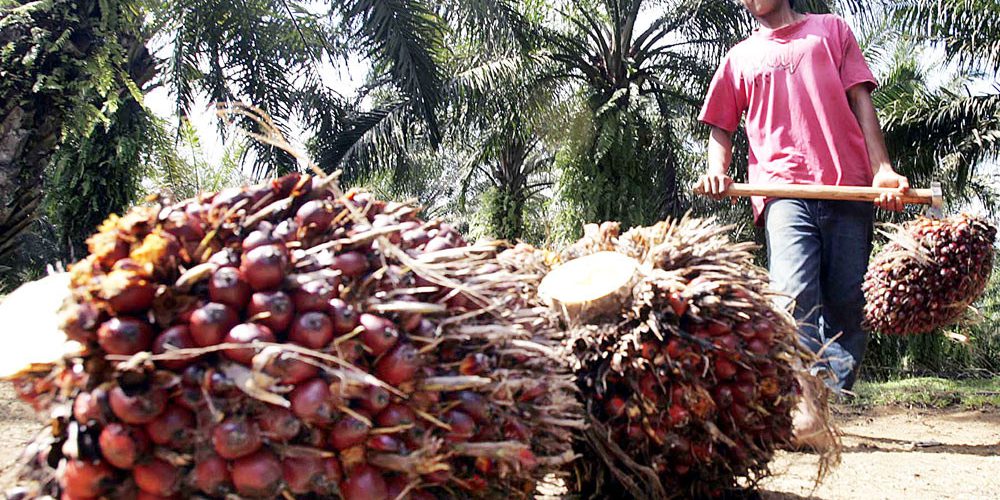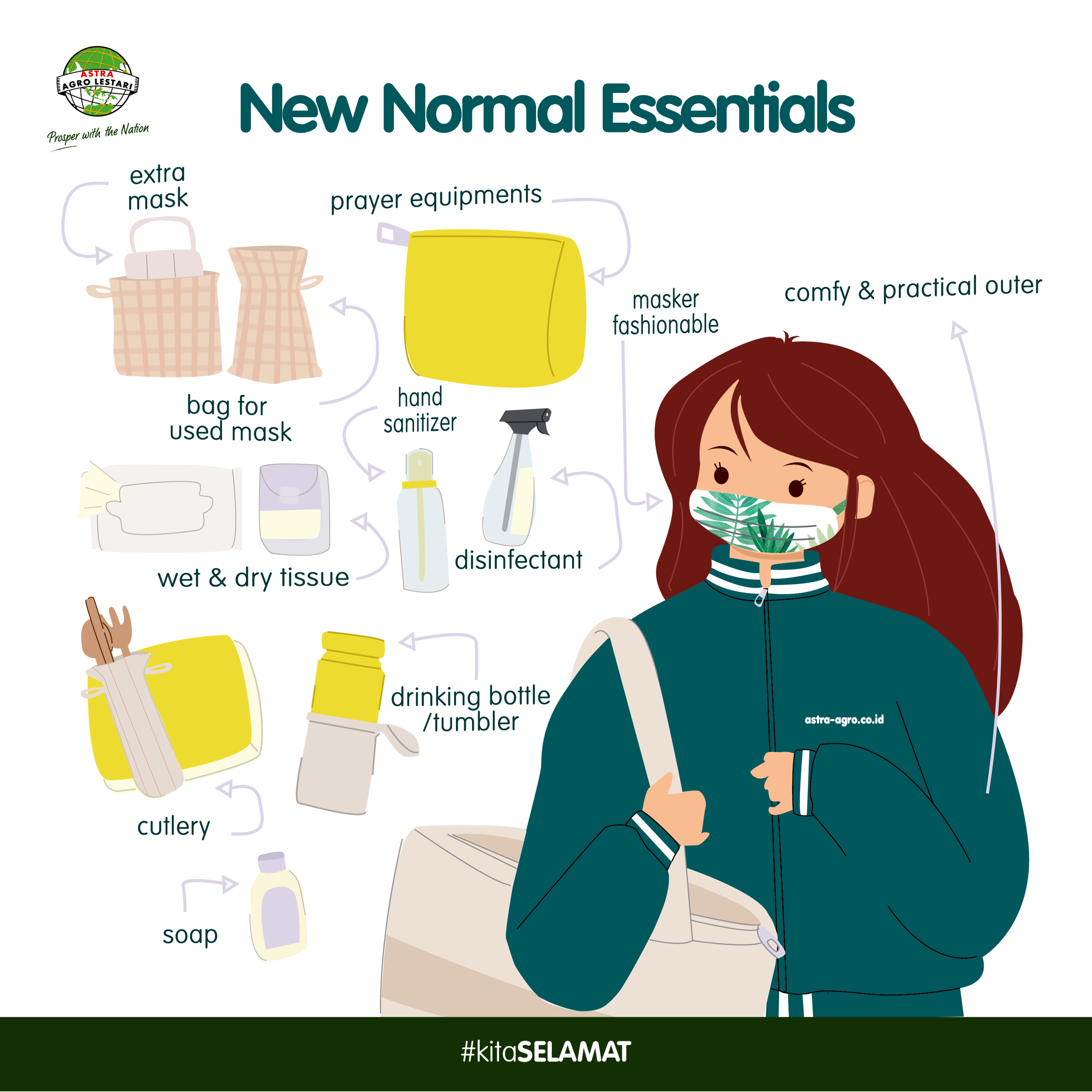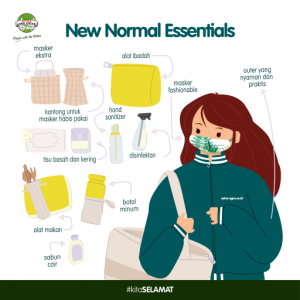Indonesia, the biggest palm oil producer in the world, saw production and exports of the commodity contract in the first half of the year due to economic impacts of the pandemic as well as rolling impacts of drought and a price crash in previous years, the industry association has stated.
The Indonesian Oil Palm Association (GAPKI) reported that half-year production of crude palm oil (CPO) and palm kernel oil (PKO) had declined 9.2 percent year-on-year (yoy) to 23.5 million tons.
While the COVID-19 health crisis played a role in the decline in palm oil production, said GAPKI chairman Joko Supriyono, the palm oil price crash in 2018 and last year’s prolonged drought due to El Niño had a major effect on overall output.
“The main [cause of] the decline in production isn’t really COVID-19, but rather the domino effect of the palm oil price crash, which pushed down palm oil cultivation and fertilizer sales,” he said.
Along with the decline in palm oil production the first half of 2020, exports fell 11.4 percent yoy to 15.5 million tons from 17.5 million tons, according to GAPKI data.
“Global demand for palm oil products has declined significantly, which has affected our export performance. [This is] because countries are in lockdown, and we don’t know how long [the situation] will last,” Joko said.
According to Statistics Indonesia (BPS), half-year palm oil exports fell 5.49 percent yoy to US$76.41 billion. The World Trade Organization (WTO) has forecast that global trade in 2020 will contract by 13 percent at best and 32 percent at worst amid the worldwide disruption caused by the pandemic.
According to GAPKI data, palm oil exports to all major destinations had declined except for exports to India, the United States and Pakistan, which grew 23 percent, 7 percent and 1 percent, respectively. Meanwhile, domestic consumption of the commodity in the first half of 2020 posted a slight yoy increase of 2.8 percent to 8.6 million tons, mainly due to increased production of oleochemicals during the pandemic.
Oleochemicals are chemicals derived from oils and fats of both vegetable and animal origins, and are processed into soaps, shampoos and detergents, as well as other consumer and industrial products, including sanitation and pharmaceutical products.
Joko added that the market share of domestic consumption grew 37 percent compared to exports, due to high domestic demand.
“In June, the domestic market share for palm oil products reached an unseen level of 37 percent, as last year’s figure was around 30 percent. Hopefully, we can maintain our strong domestic market and attain equilibrium,” he said.
Chairman Togar Sitanggang of the Indonesian Oleochemical Manufacturers Association (Apolin) said that oleochemical exports had spiked 24 percent yoy in the first half to reach 1.8 million tons for a total value of $1.3 billion.
As demand for oleochemicals continued to rise, Apolin projected that full-year exports could reach 3.7 million tons with an estimated value of $2.6 billion, higher than last year’s figure of 3.2 million tons valued at around $2 billion.
“Everyone has a sanitation product in their pocket [now], which has increased demand for oleochemical products and overall production. We also haven’t experienced any disruption thanks to the government, and no overseas orders have been cancelled,” Togar said.
Source: The Jakarta Post










